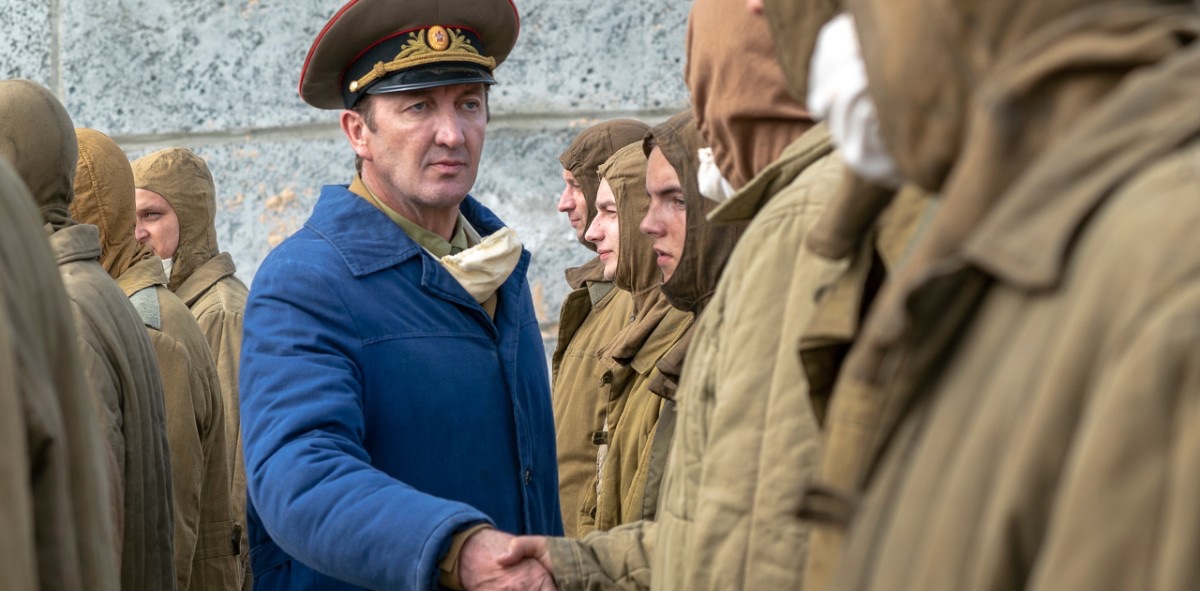“Why worry about something that isn’t going to happen?” In its five-episode miniseries event, it is hard-hitting realities like this that HBO’s ‘Chernobyl’ presents to its viewers. The show has gained tremendous popularity, all and more of which it deserves owing to the great work that has gone in its making. All of us knew about the Chernobyl disaster; we had the topic in our schoolbooks. But very few knew of the true cause and effect of this tragedy. It is only when we see people dying in the most horrific ways while the bureaucrats are involved in keeping the state secrets safe that we realise the extent of human vanity. How could something possibly go wrong in a country that is meant to uphold the idea of perfection?
Through its characters, most of whom are the heroes whose name will forever remain a vague figure in history, the show presents to us one of the worst faces of human errors in the form of the most catastrophic man-made events in history. It brings us dangerously close to the world that would have been had there not been selfless people who knowingly embraced whatever version death would come to them in, the people who sacrificed themselves for “the happiness of all mankind”. It also shows us how vile the face of human greed is and what price is to be paid to steady the shaky grounds of a state’s ego.
The series has received a backlash from Russian media and has been accused of painting certain things in a worse light than they actually were. Despite this, or perhaps due to it, the series is rather popular with the Russian audience. What makes ‘Chernobyl’ so impactful is not just its honest, mostly undramatized, version of the events that happened about 34 years ago. Its relevance is increased by the fact that incompetence in the places of power and the undying lust for power and the preservation of self-importance, all over the world, is still around and poses the possibility of some other danger-in-waiting. If you haven’t yet seen the series, you should catch it on HBO, as soon as possible. It is an eye-opener and you don’t want to be sleeping in this treacherous world.
SPOILERS AHEAD!
How did the Chernobyl disaster happen?
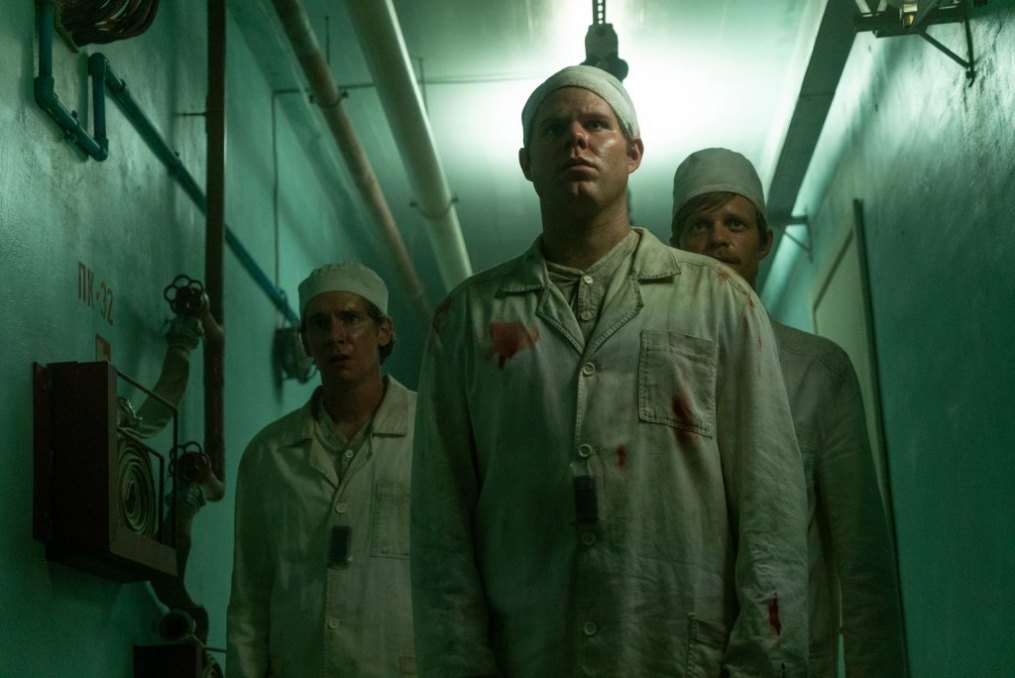
The one thing that drives the plot of the story is the question: what exactly happened that night? Akimov repeatedly says, “we did everything right.” Whenever someone reports that the reactor has exploded, the question asked is “how does an RBMK reactor explode?”. Apart from the task of controlling the situation, Legasov has to get rid of the nagging feeling, what led to all this! By the end of the series, we have a clear picture. There were two things that were responsible for it. The first was the mechanical error and the second was human. Further digging, done by Khomyuk, reveals that the technical errors and all those things could have only gone so far to lead to the explosion had it not been pushed to its furthest limit by the people in charge of the machinery.
A safety test at Chernobyl had been scheduled to figure out how the plant’s turbine would perform in case of a power outage. However, due to several factors, it couldn’t be performed on the requisite time. While handling a procedure of such immense power, it is important to take precautions and take a step back, and even quit the process altogether, if even a single glitch appears. It had disaster written all over it even before the procedure actually began and there were a number of places where they could have stopped before reaching the point of no return. Despite all the warnings and red signs, they didn’t care and hundreds of thousands of people had to pay the price. The test was supposed to take place in the day-shift where people were actually aware of the test and had prepared for it. In the face of unexpected circumstances, it should have been cancelled, which would have allowed more time for its preparation. Instead, the task was handed over to the night-shift where it came as a surprise to almost everyone.
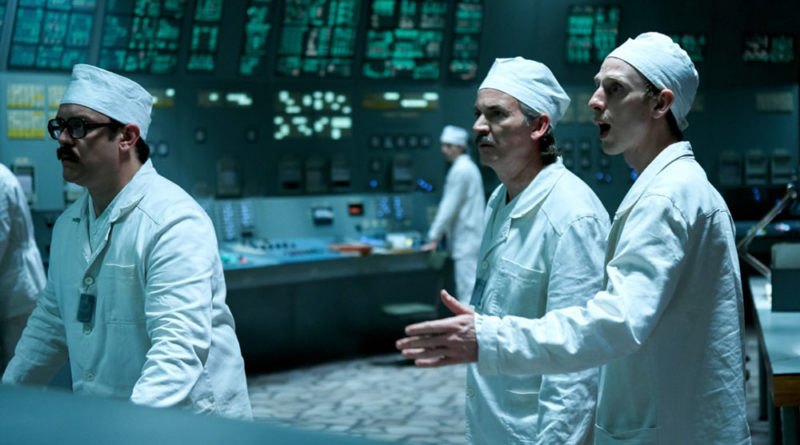
What happened was that the reactor, RBMK-1000, exploded because of the use of cheaper control rods that had graphite tips. For the process, the power shouldn’t have been lower than 700, but due to the conditions that were completely overlooked in favour of the haste, it fell unexpectedly and reached very low levels. It was then forced to boost, but they could only bring it up to 200. Still, the operation was carried on, which ultimately led to a surge in the energy that spiked up a hundred times more than what the reactor was supposed to have. This was followed by two explosions which destroyed the core.
The radiation levels spiked and that should have been enough for the crew of the plant to call it out as an emergency. However, the readings on the low dosimeters led them to believe that the situation wasn’t so far gone. The higher reading dosimeters weren’t available, and the one that took reading later was called faulty because how could the reading exceed the highest limit! Moreover, they didn’t bother reading the signs in front of their eyes, like the pieces of graphite lying around and the colour of the fire emanating from the roof.
Chernobyl disaster: How bad was it?
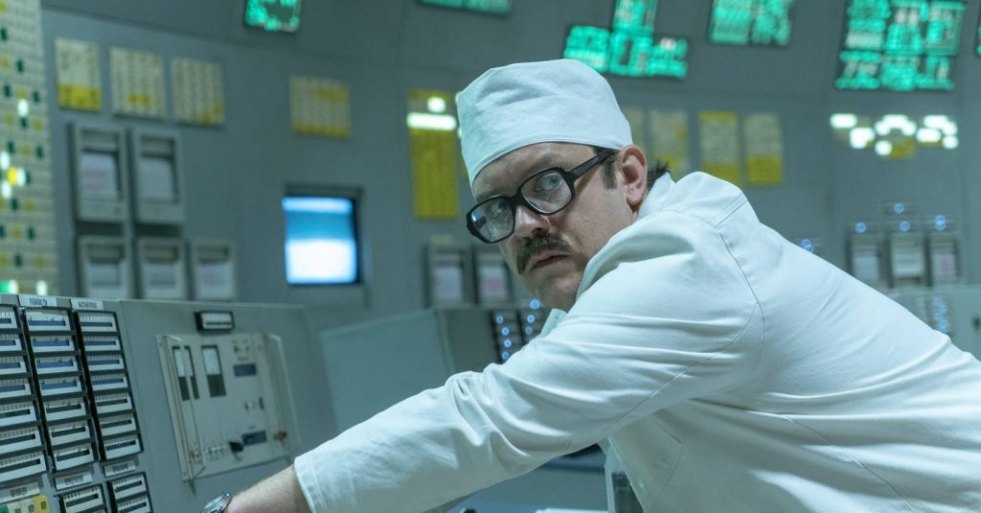
Since Dyatlov is in charge of the place, no one dares take a stand against him when he makes stupid decisions. Akimov warns him time and again and the rest of the crew are suspicious as well. However, whenever someone tries to point out a flaw, they receive a threat to end their career. Hence, the crew puts itself in impossible situations and doesn’t live long enough to see the full scale of the disaster. The people in the pump room, the ones in the control room, the ones who are sent down to manually pump the water into the core — all of them die within three weeks of the explosion.
If you shudder at the ruin that the bombing of Hiroshima still continues to cause, the Chernobyl disaster released 400 times more radiation into the atmosphere. No containment structure had been built around the plant to check this spread of radiation. It shot into the atmosphere, the open-fire augmented the effect and the wind carried it to the farthest places. The immediate effects could be seen in the way it harmed the crew and the firemen who arrived at the site shortly after to put out the fire. With the extreme amount of radiation, of 20,000 roentgen per hour, all the firemen in the immediate contact were irradiated. The townspeople, unaware of what was going around them, went about their usual work the next day but fell sick soon and the hospitals were flooded.
In the next 36 hours, an exclusion zone of 10 km was formed and around 50,000 people had to be evacuated from Pripyat. They were told that it was temporary and that they would be back in three days. Then, a week later, the evacuation stretched to the Chernobyl from where 68,000 people had to be dislocated and a 30 km exclusion zone was formed, which continues to exist even now. This wasn’t the end of it. By the end of 2000, more than 350,000 people had faced relocation due to this. Not to forget, all the people of Pripyat and Chernobyl had already been exposed to a great amount of radiation.
Further, there was the clean-up process that allowed more people into the zone. In the debris removal process, more than 5000 men were exposed to harmful radiation. The huge number of liquidators, the people involved in cleaning up of plants and livestock of the place, had to enter the space without proper protection and faced the danger of radiation. The true number of the people who have died as a result of the disaster is hard to ascertain, but considering the sheer number of people involved in the aftermath, it should be nothing short of staggering. However, the official accounts acknowledge no more than 31 casualties because of it.
Despite the faulty control rods and the number of reactors that already employed them, two more reactors, 5 and 6, were under construction before the disaster. After it, their development was halted and they were eventually cancelled. Moreover, the remaining 3 sites too were shut down one after the other. In 1991, Reactor 2 caught fire and was decommissioned because it was deemed unworkable. Reactor 1 was shut down in 1996 and Reactor 3 was decommissioned in 2000.
If the cost of human lives didn’t wake the government, it was the cost of the cover-up that led them to confront the true measure of Chernobyl. The government almost went bankrupt trying to clean up the mess. The state had to further pay the price as the call for reforms gained momentum, and this eventually led to the dissolution of the Soviet Union.
Who was really responsible for Chernobyl?
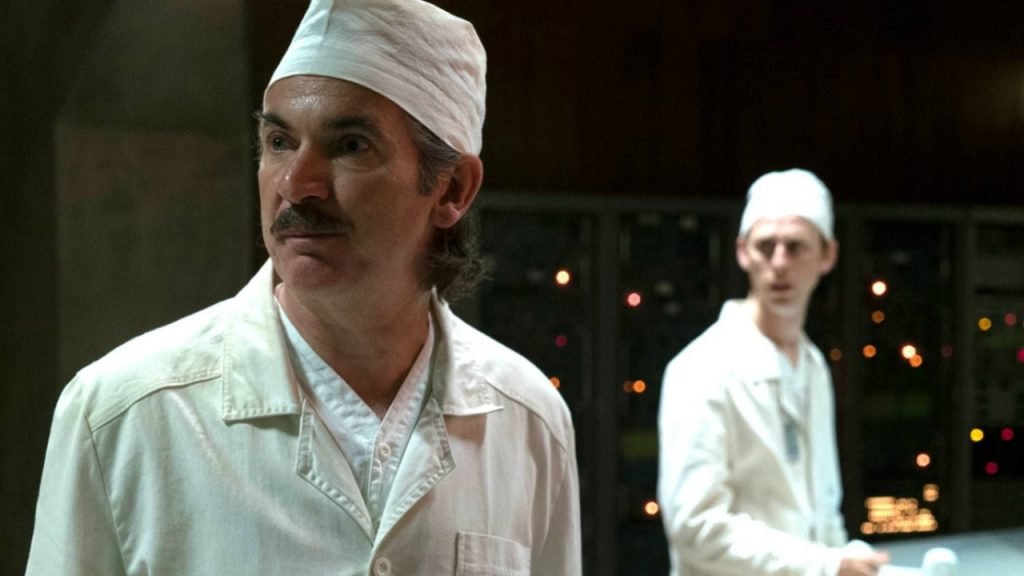
To place the blame on a single person, or even on three, would be unreasonable. Just like any other screw-up, this too involved people from the upper echelons of the government, coming all the way down to Anatoly Dyatlov, the man in charge of the operation that night. He and his seniors were responsible for not adapting with the change in circumstances. They were too blinded by the power and the promotions they would receive once the tests were done. But so are the people responsible for using cheap materials in a facility as precarious as a nuclear power plant!
There are people responsible for keeping the fake prestige of the state above the safety of its citizens, for putting an idea above actual human lives. The show gave us three people to put the blame on. In reality, six men were on trial that day. Did they receive the punishment they deserved? Would you call ten years of hard labour a fitting punishment for being responsible for the death of at least 31 people? No, right! The actual price they paid was way less than that was levied on them.
Who were punished for Chernobyl disaster?
Anatoly Dyatlov served only for three years and was granted amnesty after that. He died of a heart attack at the age of 64. Viktor Bryukhanov served only for five years and was relieved of his punishment due to health problems caused by the exposure to radiation. Nikolai Fomin tried to kill himself on the day of trial. He was caught trying to slit his wrists with broken glass but was stopped. After serving his time, he got another job at a nuclear power plant! To comment on the people who approved of the faulty control rods, the one in higher places in the government, would be worthless. Their names never really came out and I don’t think all this destruction put them in any difficult situation.
The Heroes of Chernobyl
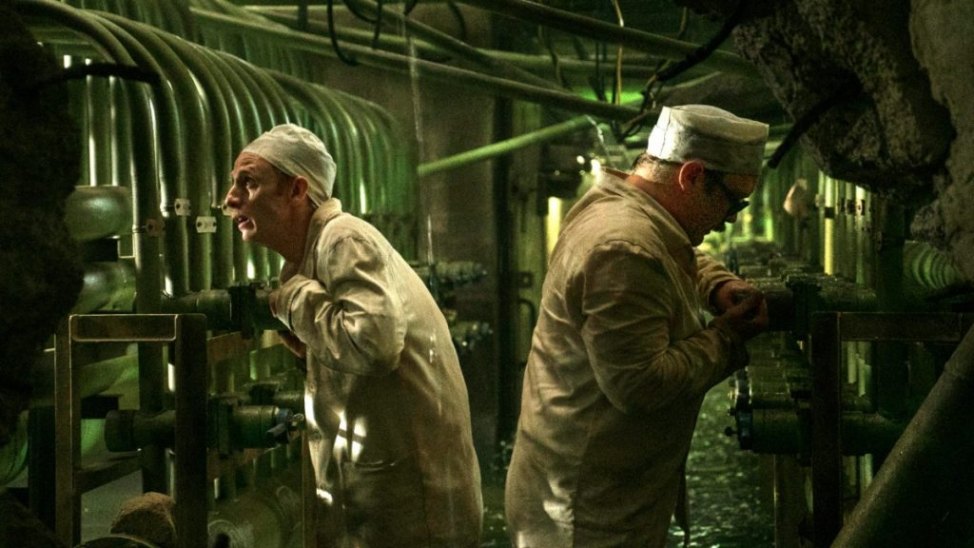
Considering the magnitude of the Chernobyl disaster, the loss of life and property, and the cost paid by everyone, it looks like the villains of this story had an easy way out. What makes it even worse is the fact that it was the heroes who had to pay the price, often with their own lives. The 134 servicemen who showed up that night to mitigate the fire were hospitalized. 28 firemen died within months and 14 more met their end within ten years due to radiation-induced cancer.
In the long run, the entire region surrounding it saw a spike in thyroid cancer, especially in the children. The coal miners who worked tirelessly to stop the already bad situation from turning into something worse were heavily irradiated and most of them died before they reached 40. The 600 pilots who had been employed to throw boron and sand over the fire too faced a level of acute radiation. The “biorobots” who had been sent on the roof to clear the graphite also met the level of maximum radiation fit for a human’s lifetime. Fortunately, the three divers who went inside with the danger of dying within a week were hospitalised and saved.
Ulana Khomyuk, played by Emily Watson, is a character made up for the series. She represents the group of scientists involved with Legasov throughout the procedure of getting things under control. Khomyuk comes across as a person who doesn’t stop in her quest for the truth, no matter what the consequences. So strong is her resolve that Shcherbina calls her too naïve for her own good. This trait of her character comes from the scientists who dared to raise questions, who dared to point a finger when they discovered the true cause of the disaster. Most of them go unnamed because the state discredited them and they were imprisoned because they tried to liberate the truth. Boris Shcherbina, played by Stellan Skarsgard, continued to work within the government and turned his attention towards incorporating reforms in the country. He also served a role for the crisis management of the 1988 Armenian earthquake. As predicted by Legasov, he died in less than five years after he set foot on Chernobyl.
Valery Legasov was a premier scientist, not only in the country but in the whole world. He had always worked to bring reforms in the nuclear industry and had a great reputation in the scientific community. His role in the clean-up of Chernobyl is something that can never be forgotten and yet he met an end worse than the true culprits of this incident. He was stripped of his work, his titles, his friends, and anything meaningful in his life because he decided to tell the truth. Till the very last day of his life, he was haunted by the corruption in the government and how it was going to be the ruin of his country. He was depressed by the state of his nation and the fact that he couldn’t do anything to right these wrongs.
Reportedly, he had made other attempts to kill himself, before this. A gun was also found in his apartment, which points to the fact that he had considered that possibility. On the second anniversary of the Chernobyl disaster, he hung himself to death. But before that, he recorded everything about Chernobyl on the tapes that became the milestone that led to the reforms that finally came through.
How many died in Chernobyl?
According to various estimates — and as shown in the end credits of the show — as many as 93000 people have died over the years since the disaster. The most conservative estimate pegs that number at around 4000. You have to keep mind that most of these deaths didn’t occur immediately. Majority of the deaths happened years later due to cancer that people suffered from because of the exposure to radiation. The level of denial from the Soviet government was such that they claimed at the time — and even till today — that only 31 people died as a result of the disaster. Call that official number, if you will.
How is Chernobyl today: Is it safe?
A blunt, and truthful, answer to this is — never. The radiation surrounding that place will not die down before 20,000 years. By the time it returns to normal, who knows if humans will even exist! Currently, the 30 km exclusion zone still exists. The clean-up continues and the site will be completely dismantled by 2065. Following the disaster, a shield of concrete had been constructed around the site. However, it started to deteriorate soon after, which led to the construction of a steel structure, which was completed in 2017. It is supposed to last for 100 years.
All the reactors of Chernobyl are out of service now, and the other reactors that had been using similar control rods went through serious modifications to render them safer. Ten of them are still in use. The level of radiation in the surrounding areas has somewhat decreased and the site has been opened for tourists, though with very strict guidelines and for a very limited amount of time. Further, in Belarus, people have started to inhabit the boundaries, and the areas somewhat inside them, but how much of a say they have in it is somewhat questionable.

